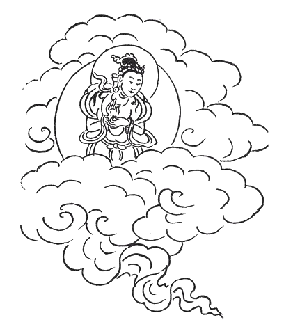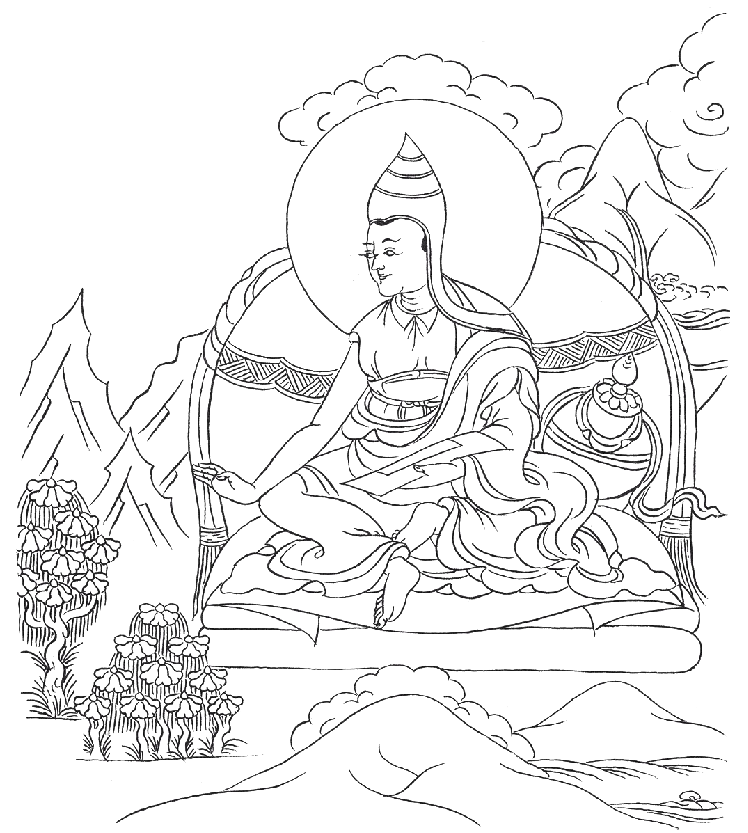Ornament For The Clear Realizations
Maitreya’s Abhisamayālaṅkāra
I. Root text
This book contains two renditions of Maitreya’s Ornament for the Clear Realizations (mngon rtogs rgyan, abhisamayālaṃkāra).
II. Commentaries on the root text
III. Supplemental material
III.1. Grounds and Paths
Presentation of five paths of the three vehicles and the ten Bodhisattva grounds of the Great Vehicle.
This translation of Kön-chog-jig-may-wang-po’s text is enhanced by supplementary commentary, providing extensive contextual explanation.
III.2. Concentrations and Absorptions
III.3. Mind-basis-of-all

